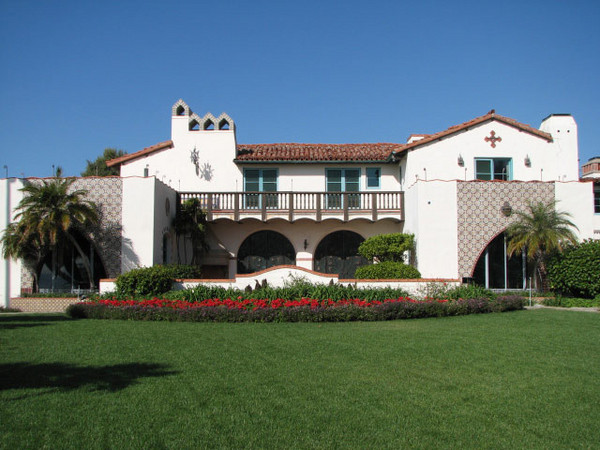Chapter 8 compares two different cultures at different ends of the Appalachian mountains. To mirror this and make a new comparison, we can compare Malibu and Long Beach. Both are cities located on the coast and enjoy the Pacific Ocean. The two citties are only about 50 miles away from each other, yet they are very different.
Both Malibu and Long Beach enjoy nearly the exact same Mediterranean climate with warm temperatures throughout the year and relatively little rainfall. One difference between the two is that Malibu has much more complex terrain, while Long Beach is relatively flat, allowing for larger, more commercial structures.
The two cities differ greatly in their demographics. While Malibu is about 90% white, Long Beach is much more diverse. Long Beach's population is 46% white, 40% Hispanic, and about 14% African American. Another area where the two cities differ greatly is in median income. While the median income in Malibu is well over $100,000 a year, the median income in Long Beach is just under $40,000 per year. This makes a large difference in the make up of retail outlets, housing, and restaurants. While Malibu has exclusive, high end retail outlets and restaurants and large, unique homes, Long Beach has more generic, lower-price retail outlets, chain restaurants, and smaller homes.

Long Beach does benefit from great accessibility and large industries. The Port of Long Beach is a large shipping port that is the entrance to America for many foreign goods. Also worth mentioning is Long Beach Airport, which provides another option for those traveling in California, but not wanting to deal with the crammed LAX. Long Beach also has several large-scale employers, such as the Long Beach Unified School District, Boeing, and California State University Long Beach. Part of this is due to the fact that larger cities have larger companies, so a small city like Malibu would never attract a company like Boeing. These large employers offer many jobs to its citizens.

Another interesting point of difference between the two cities are in their festivals. Malibu's paramount festival is the Malibu Chili Cook-Off, a weekend-long small street fair and carnival. In Long Beach, the paramount event is the Long Beach Grand Prix, a weekend where several streets are closed, and racecars including Indycars and Le Mans racers contest a race around the streets of the city. Having been to the race numerous times myself, I can say that Long Beach makes for a great setting for an event that is known as a great street party, and there is even a race happening in the background. The Long Beach Grand Prix is well known worldwide, and over 200,000 people attend it every year.




























